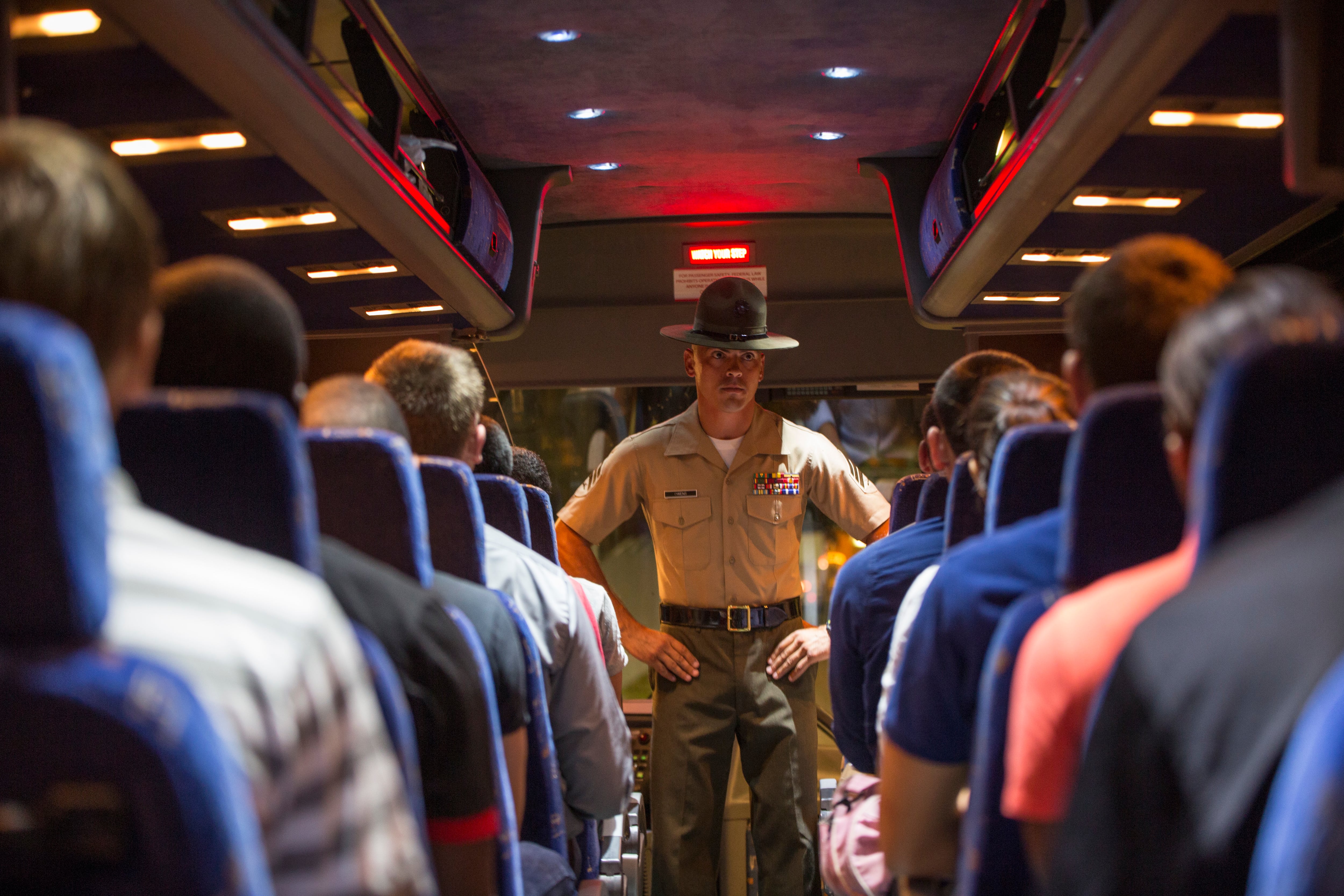A federal judge in Texas ruled last month that exempting women from the Selective Service violates the Constitution’s equal protection principles. However, the controversy over whether women should be required to register for Selective Service overlooks a more critical issue, namely, whether we even still need to continue draft registration, or Selective Service, 46 years after the end of conscription and the creation of the all-volunteer force (AVF), during which time we have never used it.
When the AVF was created, it had three components. First, it established a comparatively small active-duty force because, unlike in the draft era, which had existed for over 30 years, the military would now have to pay market wages to recruit and retain qualified women and men volunteers, thus forcing the cost per person in the military to rise dramatically. (In FY2019 the average cost per service member was approximately $125,000 per year. Even adjusting for inflation, this is 64 percent higher than it was 20 years ago.) Second, an operational reserve component that was trained, equipped, and ready enough that it could be activated quickly to effectively supplement the smaller active force. Third, a Selective Service System that could be activated in case the combination of active and reserve units could not handle a military conflict in an efficient and effective manner, without putting too much strain on the existing force of volunteers. This Selective Service System was intended to provide a draft-ready list of potential soldiers in case the AVF needed to be augmented by drafting young people into involuntary service.
RELATED

From the beginning of the AVF, the Selective Service System was criticized for being unnecessary and wasteful. President Ford actually cancelled it in 1975. However, President Carter re-instituted it in 1980 when the Soviets invaded Afghanistan. But in the 1980 campaign, Ronald Reagan pledged he would cancel it again because it was an unnecessary and wasteful program.
In my first year serving as an assistant secretary of defense for President Reagan, I was given the task of developing the case for the president to renege on his campaign promise. At a Cabinet meeting on December 1981, almost all of the president’s advisers, particularly the head of the Office of Management and Budget (OMB) and the Attorney General (AG) urged the president to keep his campaign promise and abolish the Selective Service System. OMB was concerned about wasting money (about $20 million a year) and the AG did not want to devote scarce resources prosecuting those men who failed or refused to register. The secretary of state, Alexander Haig, argued that we should abolish the AVF and re-institute the draft.
I made the argument for keeping the Selective Service System in case we needed it not only to deal with a conflict with the Soviet Union, but more likely a long-running regional war that caused a strain on the comparatively small volunteer force. To the surprise of many, President Reagan decided to keep Selective Service.
RELATED

Although we maintained Selective Service through the Cold War and the downsizing of our military, we did not use it when we should have — during the nearly 20 years of conflict in Afghanistan and Iraq — and the consequences for the military and the nation have been disastrous.
We were unable to keep sufficient forces in Afghanistan after our 2001 invasion because of the invasion of Iraq, and, as a result, the Taliban were able to regroup.
The mindless, needless, senseless invasion and occupation of Iraq in 2003 was initially supported by most of the so-called foreign policy blob. However, when it became clear that the invasion was carried out under false pretenses and without sufficient troops or an effective strategy, support among the American people for the invasion dropped precipitously.
Consequently, the ability to recruit and retain quality people — especially for the Army and Marines —decreased markedly. As such, to meet their recruiting and retention goals, they lowered their standards for enlistment, giving tens of thousands of moral waivers, even for felonies. Among them was Bowe Bergdahl, who had been thrown out of the Coast Guard for mental health problems, and Chelsea Manning, who was deployed to Iraq after flunking basic training. Bergdahl walked off his military outpost in Afghanistan, was captured by the Taliban and was only returned in exchange for five Taliban detainees held at Guantanamo. During her time in Iraq, Manning provided troves of classified documents to WikiLeaks.
Moreover, there were not enough ground forces to allow the men and women to receive sufficient time at home between deployments. (Troops should spend at least two days at home for every day in a combat zone. Most were lucky to get one.) Finally, the service of thousands of soldiers and Marines was extended involuntarily by invoking “Stop Loss,” in effect a back-door draft.
These problems could and should have been solved by activating Selective Service no later than 2002 when it became clear that Bush was intent on invading Iraq, even as it was still engaged in Afghanistan. Supporters of that war knew that if Selective Service was activated the American people would have skin in the game and would therefore ask a lot more questions. Today, it is difficult to imagine a situation in which the public would support drafting young people without significantly more scrutiny of the goals of engagement.
This — rather than those who should or should not register — is the real issue. If we did not activate Selective Service when we were involved in two significant and protracted conflicts, when will we do so? And if we did, how useful would a mass database of potential soldiers be when our military is increasingly reliant on highly specialized skills? Given these foreseeable drawbacks, why spend tens of billions of dollars maintaining this system that now has a base of 80 million men between the ages of 18 to 25? And why did the administration of George W. Bush allow the members of the AVF to bear such an unfair burden that will impact them negatively for the rest of their lives?
President Reagan is rolling over in his grave.
Dr. Lawrence J. Korb is a senior fellow at the Center for American Progress and served as assistant secretary of defense from 1981 through 1985.





